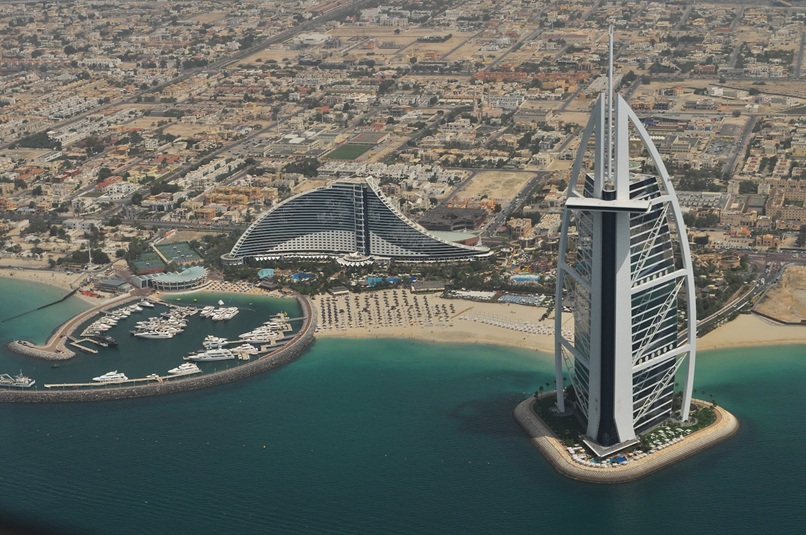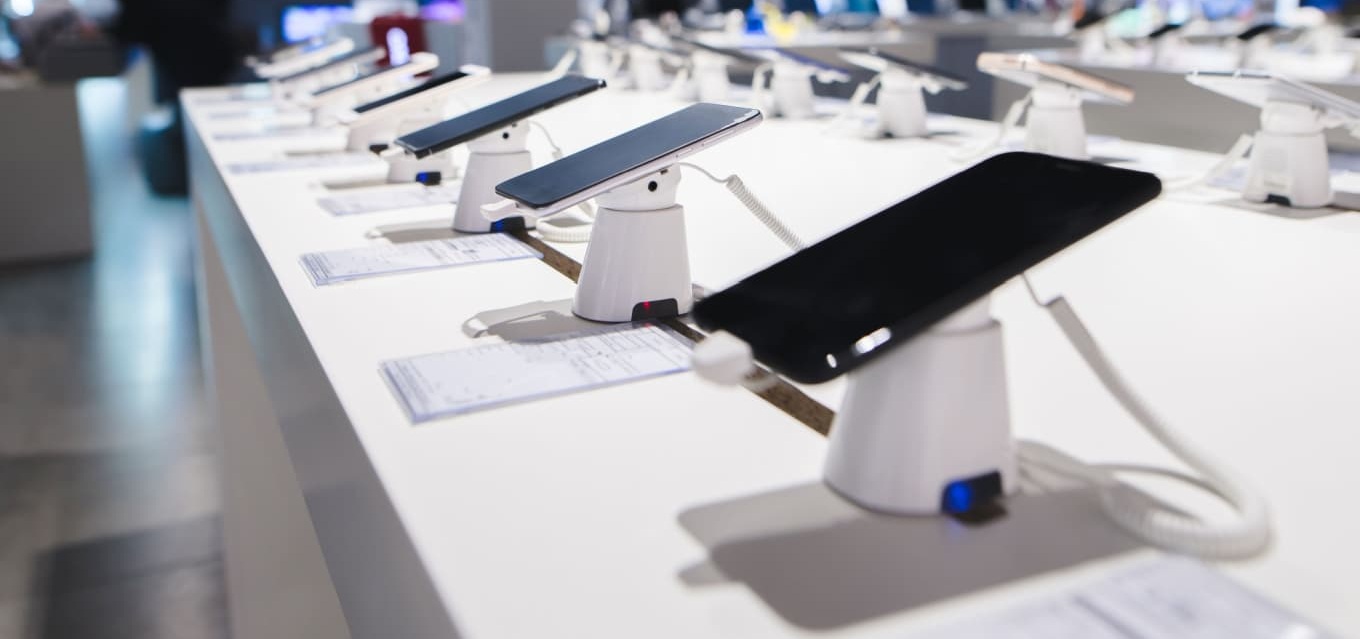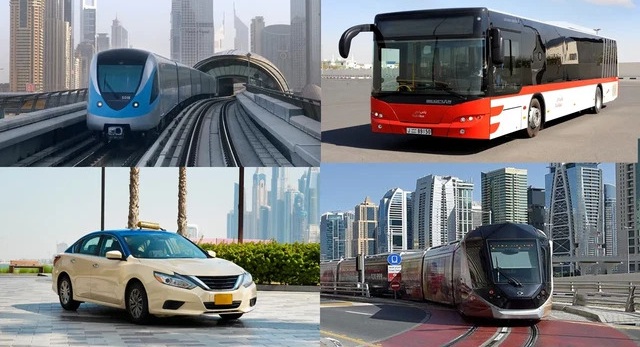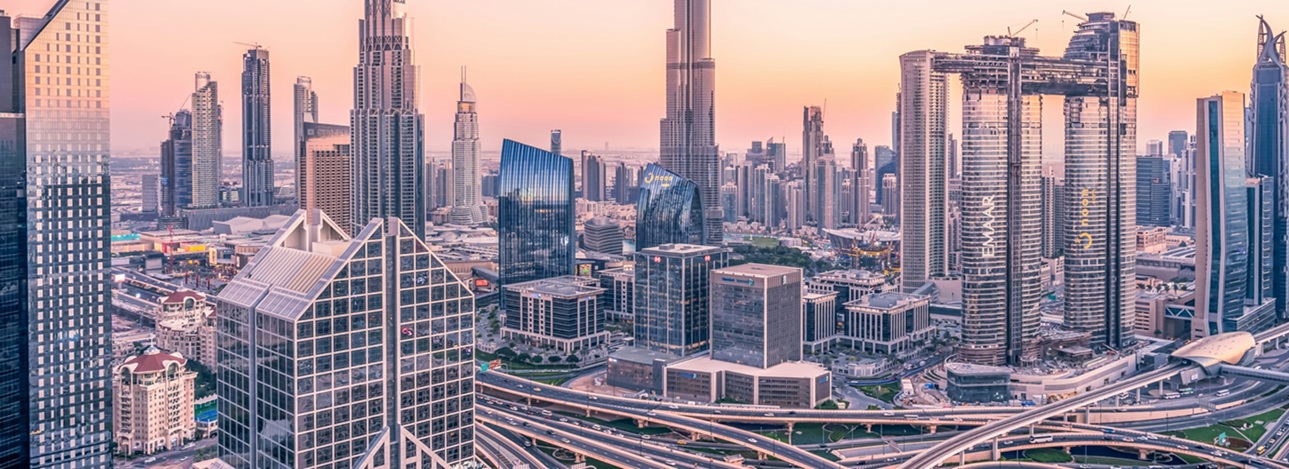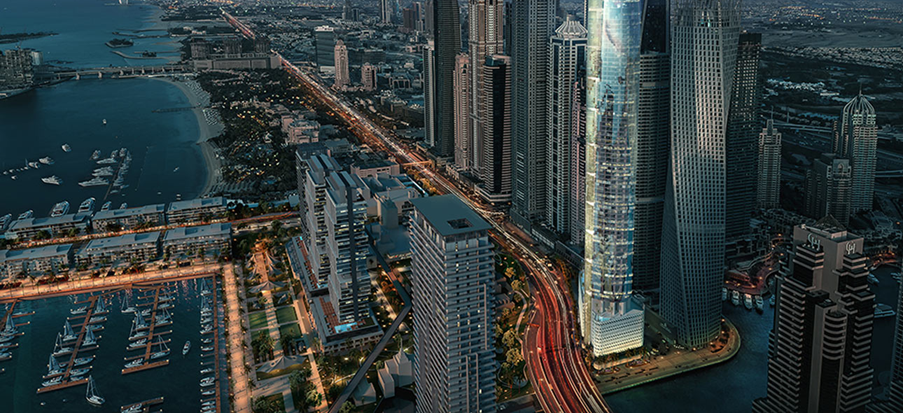3D-Printed Homes: The Next Big Thing in UAE Real Estate?
Monday, 7 April 2025
Gone are the days when 3D printing was just a sci-fi fantasy or something you’d see in a tech expo. Today, it’s reshaping industries—and the real estate sector is no exception. In Dubai and Abu Dhabi, 3D printing is quickly emerging as a game-changer in construction, offering faster, cheaper, and more sustainable ways to build homes.
Table of Contents
- What is 3D Printing and Why It Matters in Construction
- The UAE’s Bold Leap into the Future of Construction
- How 3D Printing is Transforming Housing Globally
- Why the Buzz? The Benefits of 3D-Printed Homes
- Is This the Future of Real Estate in Dubai?
- Frequently asked questions
What is 3D Printing and Why It Matters in Construction
3D printing, also known as additive manufacturing, is a method of creating physical structures layer by layer from digital models. Unlike traditional construction that involves cutting or molding materials, this approach minimizes waste and maximizes precision. Think of it as building a house like a layered cake—only with cement, polymers, and smart tech.
While the concept might sound futuristic, it’s already making headlines worldwide. The construction of entire houses with just a few workers and a robotic arm is no longer just a possibility—it’s happening.
The UAE’s Bold Leap into the Future of Construction

Dubai is no stranger to innovation. From iconic skyscrapers to man-made islands, the city has long pushed architectural boundaries. Now, it’s taking another leap forward with 3D-printed buildings.
A major milestone came with the unveiling of the “Office of the Future”—the world’s first fully functional 3D-printed office located on Sheikh Zayed Road. Built in just 17 days and assembled in 2, this project demonstrated the massive potential of the technology. The structure includes all the essentials: electricity, plumbing, telecommunications, and air conditioning—proving that this isn’t just for show.
This success has fueled Dubai’s 3D Printing Strategy, with a goal that by 2030, 25% of all new buildings will be created using this method. This initiative aims to cut construction costs, reduce manpower by 70%, and accelerate project timelines by up to 80%.
How 3D Printing is Transforming Housing Globally
The UAE isn’t alone in embracing 3D-printed homes. Around the world, the technology is being used to solve real housing challenges:
- In Russia, a compact 38-square-meter home was printed in just 24 hours for under $11,000.
- In Texas, entire neighbourhoods of 3D-printed homes are being developed as affordable housing solutions.
- In the Netherlands and Germany, eco-friendly 3D homes are popping up in experimental communities.
However, what sets the UAE apart is the government’s top-down commitment, supportive policies, and partnerships with global pioneers like Winsun, Gensler, and Cazza Construction Technologies—a startup that can build a 200-square-meter house in just one day.
Why the Buzz? The Benefits of 3D-Printed Homes
There are plenty of reasons this technology is gaining traction, especially in the UAE’s fast-paced real estate market:
- Lower Construction Costs: With fewer workers and less waste, expenses are slashed.
- Faster Project Completion: Homes can be built in days, not months.
- Eco-Friendly Materials: Recycled plastics and sustainable cement reduce environmental impact.
- Design Freedom: Architects can experiment with bold, unconventional structures.
- Disaster Relief Potential: Quick builds make this ideal for emergency housing in crisis zones.
Not to mention, 3D printing is already being considered by NASA for future construction on the Moon or Mars—proof of its versatility and long-term promise.
Is This the Future of Real Estate in Dubai?
Industry leaders certainly think so. Emaar’s chairman, Mohammed Alabbar, sees 3D printing as central to their “digital-first” strategy, citing benefits like enhanced efficiency, sustainability, and customer value. Meanwhile, Cazza CEO Chris Kelsey is exploring how the tech can be scaled up to build not just homes, but potentially even skyscrapers.
With projects like Binghatti Skyhall, Emaar Albero, and Palace Villas Ostra, Dubai continues to evolve its skyline—but the underlying methods are now transforming as well.
From slashing housing costs to offering eco-conscious solutions, 3D printing has the potential to redefine the way homes are built in the UAE—and across the globe. It’s more than just innovation for innovation’s sake; it’s a smart, scalable solution for a sustainable future.
As the UAE charges toward its 2030 goal, it’s clear: 3D-printed homes aren’t just a passing trend. They’re the blueprint of what’s next.
Frequently Asked Questions (FAQs)
What is a 3D-printed home?
A 3D-printed home is a house constructed using additive manufacturing technology. Instead of traditional building methods, a large 3D printer creates the structure layer by layer using materials like concrete or composite blends.
Are 3D-printed homes safe and durable?
Yes. 3D-printed homes are designed to meet or exceed standard building codes. They are engineered for durability and can withstand extreme weather conditions when built properly.
How much does it cost to build a 3D-printed house?
Costs vary based on size, design, and location, but generally, 3D-printed homes are significantly cheaper than traditionally built ones. Some projects globally have cost as little as $10,000 (around AED 37,000).
How long does it take to build a 3D-printed home?
On average, a basic 3D-printed home can be constructed in 24 to 72 hours, depending on the complexity of the design and technology used.
Is the UAE currently building 3D-printed homes?
Yes. Dubai and Abu Dhabi are actively exploring 3D-printed construction. Dubai’s “Office of the Future” is a leading example, and the city plans to 3D print 25% of all new buildings by 2030.
Can I buy a 3D-printed home in Dubai right now?
While the technology is still emerging, developers and construction companies in Dubai are working on pilot projects. It may become a mainstream option within the next few years.
Are 3D-printed homes environmentally friendly?
Yes. They use less material, generate less waste, and can incorporate recycled materials, making them a greener alternative to traditional construction.
Will 3D-printed buildings be common in the UAE’s future?
Absolutely. With strong government support and a clear roadmap under the Dubai 3D Printing Strategy, 3D printing is set to become a key part of the UAE’s construction and real estate sectors.

